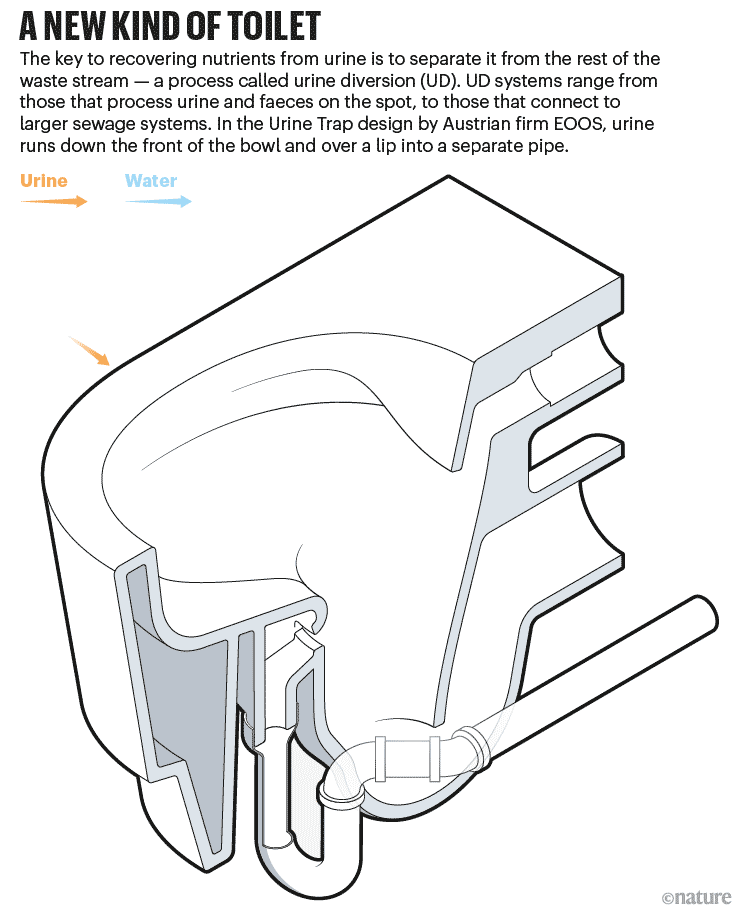Malaria-preventing bed nets save children’s lives—with impacts that can last for decades
Babies and infants who slept under bed nets still have a survival advantage 20 years later
Children who sleep under bed nets impregnated with insecticide are less likely to die young from malaria — and the health benefits linger for decades. Some scientists have worried that babies who avoid malaria might not develop immunity, resulting in increased risk later. But an ambitious study in Tanzania found that people who slept under nets 20 years ago, as children, have a
40% survival advantage compared with those who did not.
Scientists from the Ifakara Health Institute (IHI) in Dar es Salaam, Tanzania, studied the nets’ effect on the health of 6706 babies and toddlers born between 1998 and 2000. By the end of the study, children who slept under the nets had
a 27% increased chance of survival. (Because malaria leaves children more vulnerable to other diseases, researchers often measure “all-cause mortality” to assess the effects of malaria prevention measures.)
Twenty years later, the researchers wondered what had become of the children in the study, so they decided to track down as many of them as they could. The bed net study had been part of a larger health survey that built up extensive personal connections in the region, says Sigilbert Mrema, an IHI demographer who led the work with IHI epidemiologist Salim Abdulla. By asking community leaders, family members, neighbors, and other contacts, the researchers and their colleagues tracked down what happened to 89%, or 5983, of the children in the original study. That is “really remarkable,” Alonso says.
The researchers found the survival advantage first seen in 2003 was still apparent 20 years later. Children who had slept under bed nets more than half the time in the original study had a 40% survival advantage over children who used them less than half the time. And the protective effect of the nets was apparent even after they controlled for family income, parents’ education, and distance from a health care center.
The results are also reassuring for those deciding how to use the newly approved malaria vaccine, which offers incomplete protection that seems to fade over time—prompting fears it might not have a long-term benefit. The new study demonstrates that even modest investments and imperfect tools “have a long-lasting impact in individuals’ lives,” Alonso says. Protecting the most vulnerable, small children in high-risk areas, “really pays off long term.”
Kaplan–Meier Estimates of Survival to Adulthood According to Use of Treated Nets in Early Childhood (<5 Years of Age).
Unadjusted Kaplan–Meier survival curves are shown. Panels A and C compare the (unadjusted) survival trajectories of children reported to be using treated nets at least half the times visited with those of children with less frequent use. Panels B and D compare the (unadjusted) trajectories of children never reported to be sleeping under treated nets (23% of the sample) with those always reported to be sleeping under treated nets (25% of the sample). Insets show the same data on an enlarged y axis.





